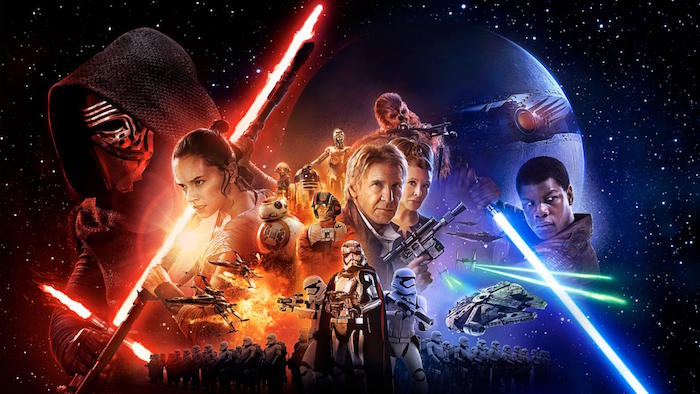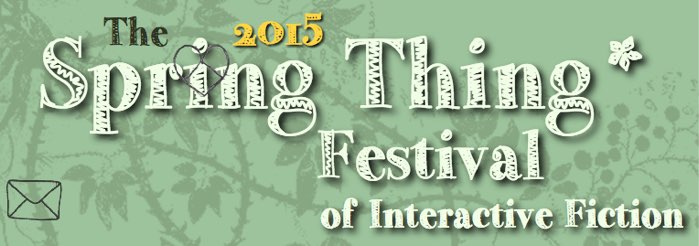Game of the Year: Her Story

Sam Barlow's (of Aisle fame) Her Story has already sweeped most of the GOTY awards, and rightfully so.
The gameplay consists solely of searching a database for interrogation film clips and piecing together the full story. It's something that shouldn't work but it does, and it works so well. Even though you could in theory stumble upon the clips in any order, the game manages to direct the player's attention well enough that the whole plot unravels in coherent chunks. I'm hoping this will spawn a whole genre of games with similar gameplay.
Book of the Year: Stand Still. Stay Silent

This year's book is the print edition of Minna Sundberg's webcomic Stand Still. Stay Silent. The setting is a post-apocalyptic world where a virus has wiped out most of the planet's population. Humanity survives only in isolated locations in the Nordic countries; 80% of known survivors live in Iceland that closed its borders before the outbreak reached it.
At times the comic's weak point is the writing, but the setting and stunningly beautiful artwork more than makes up for it. The physical book was crowdfunded and might be hard to come by, but the whole comic can be read at the web site.
Movie of the Year: Star Wars: The Force Awakens

After the disastrous prequels, The Force Awakens is the first real Star Wars movie in 30 years. The plot is a rehash from the original films, but with some clever reversals of some of the tropes.
What makes the film special is that it's replicating the scavenged technology mood of the original films. In the originals everything looks like it's been hand-built from spare parts. In the prequels this angle is completely forgotten and you get aberrations like this silver-plated spaceship:

In The Force Awakens the scavenging theme is back: you can even see dents and scratches in Kylo Ren's mask. My theory is that paradoxically technology at the turn of the millennium wasn't yet advanced enough to replicate what they did in the 70s with the originals. Similar to how videogame graphics quality took a nosedive in the 90s when the industry started the transition to 3D graphics, there was a period of time when film industry was making use of CGI but it wasn't quite up to the task yet and everything looked plastic and fake. The prequels were made right in the middle of this transition.
Now CGI is good enough to make virtual things that look (almost) indistinguishable from the real things. That allows the filmmakers for example to show both CGI and physical props in the same scene and have both of them look natural. This is, among many other things, a key thing in what makes The Force Awakens a real Star Wars film.
Blog of the Year: Sibyl Moon Games
Carolyn VanEseltine's Sibyl Moon Games covers a variety of topics associated with IF and game design. It is, above anything, practical: it's immensely interesting to read about real life game design instead of just the theory of it.
Many blogs tend to be aimed at either beginners or experts, but there aren't many that focus on the intermediate level. Sibyl Moon hits this sweet spot. The articles are written in a way that anyone with basic background knowledge can understand them, but the topics are usually general enough that they're relevant to a large reader base.
Festival of the Year: Spring Thing 2014

Moving away from IFComp-style judged competition, Spring Thing is now a festival: entries aren't judged (apart from "best of" ribbons), and there's a "back garden" category that lets authors showcase their work, even if it doesn't quite fit the criteria in the main category. By taking a radically different approach than other traditional competitions, Spring Thing fills a niche that has largely been missing from the community: unjudged game jam type events that encourage experimentation and have a more relaxed feel than strict competitions.

 …I didn't have time to build it to scale or paint it.
…I didn't have time to build it to scale or paint it.

